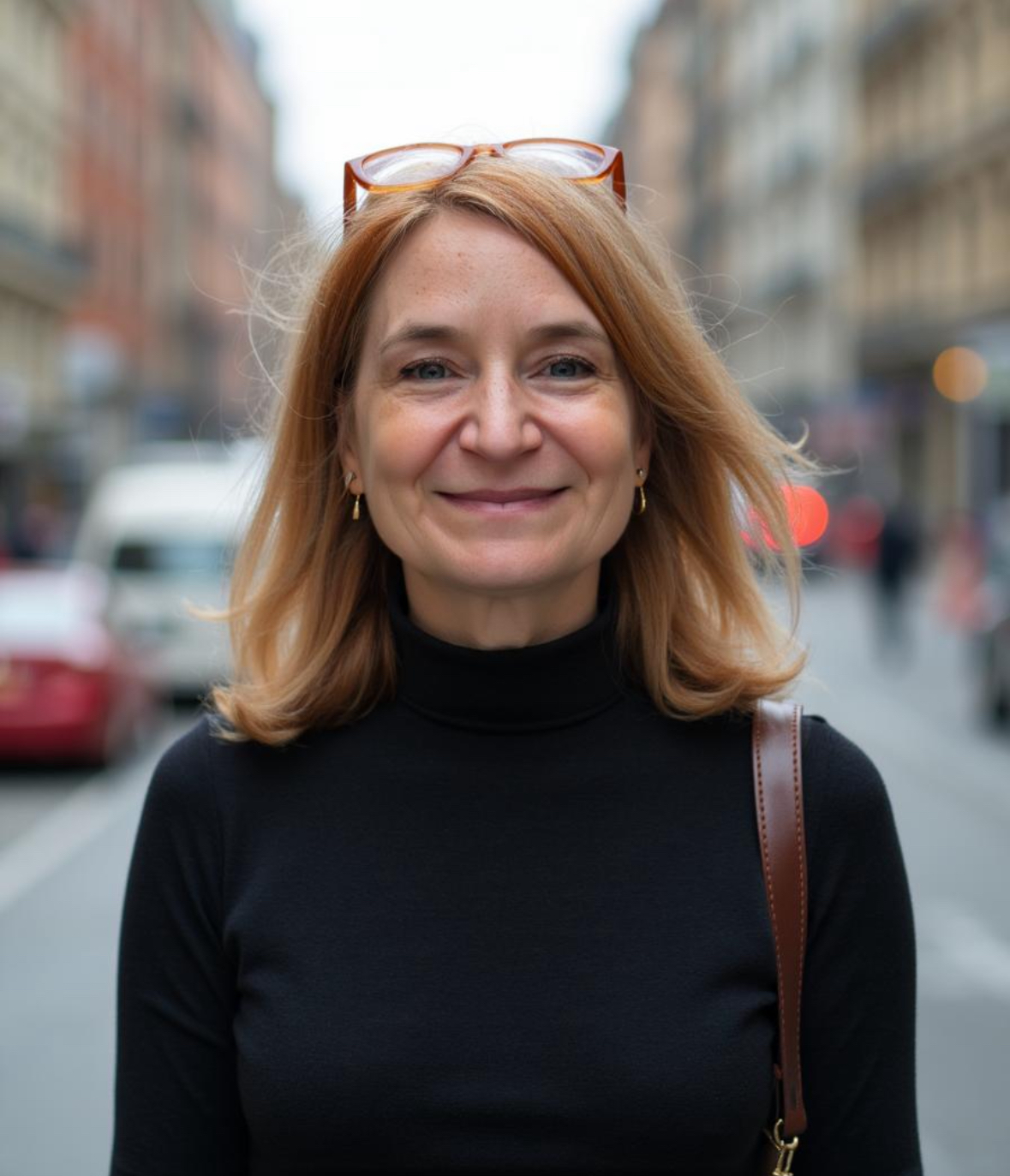Alright – so today we’ve got the honor of introducing you to Sarah May. We think you’ll enjoy our conversation, we’ve shared it below.
Hi Sarah, thanks for joining us today. What’s been the most meaningful project you’ve worked on?
Opening The Shirley Project Space commercial gallery 3 years ago has been the most meaningful leap in my professional life. The seeds for this venture were planted 10 years ago when I started hosting a goal-setting group for creative women on my roof in Park Slope, Brooklyn. The evenings were casual and social but they offered support and friendly accountability for women artists, writers, musicians and filmmakers who were juggling personal and professional lives. As an artist, I was aware of how art making often takes a backseat to more practical endeavors. These evenings helped artists priortize their creative lives. The goal-setting group evolved into a social showcase in my apartment for writers, video artists and musicians to share projects they were working on in a warm, supportive environment. My friends dubbed the events “The Shirley.” The Shirley was a quarterly salon event. I enjoyed curating these evenings, weaving together themes across disciplines. After the pandemic I stumbled across a commercial space built out to be a gallery but never inhabited because of the shutdown. It was my moment and I dove in headfirst and opened The Shirley Project Space learning as I went. My gallery focuses on mid-career women artists with a focus on innovative abstraction and installation. For each show I host a salon night reflecting back on the roots of the gallery: a warm, social event sharing an array of creative projects.
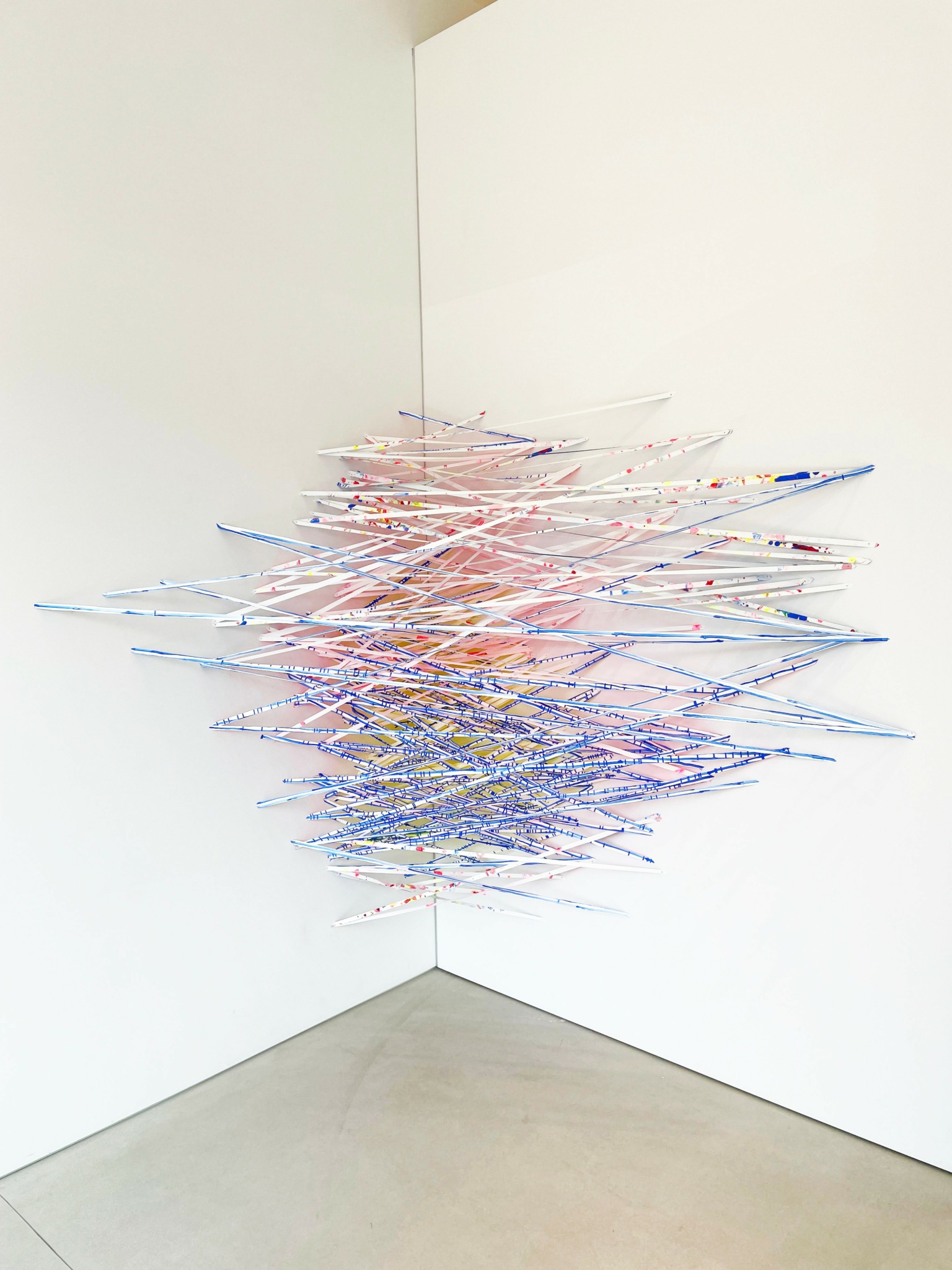

Sarah, before we move on to more of these sorts of questions, can you take some time to bring our readers up to speed on you and what you do?
I have always been on the artist path, pursuing fine arts and creative fields in both college and graduate school. My work life started in advertising and transitioned to art education. Upon starting the gallery I realized that my experience in arts education allowed me to engage with the viewers in a way that provides them deeper insight into the artwork. Initially, I had a fear of sales, but I soon discovered that selling artwork is akin to matchmaking; when people genuinely connect with a piece, facilitating that sale becomes much easier. Because of my experiences, I can discuss from the point of view of an artist and also provide art historical and conceptual context. Sales happen as a result of these conversations…selling without feeling like I am selling. I often struggled as a solo artist, but working as a curator and building shows along side artists fed me creatively and led me to realize that I truly thrived in collaborative environments. My gallery has a growing reputation and I am focusing on increasing visibility for the gallery by utilizing platforms like Instagram and partnerships with sites like Artsy. Since my gallery is located outside the typical New York gallery districts, I strive to make it a destination by offering unique programming. For events in the space, I aim to recreate the warm, inviting atmosphere of a home party, complete with drinks and homemade food, encouraging guests to linger, engage in meaningful conversations, and appreciate the art on many levels. My unique programming has led to word-of-mouth referrals and I have expended to include art advisory services. Ironically, I have always been intimidated by galleries. I try to make my space welcoming and approacable. People who come into my gallery know that I am happy they stopped by.
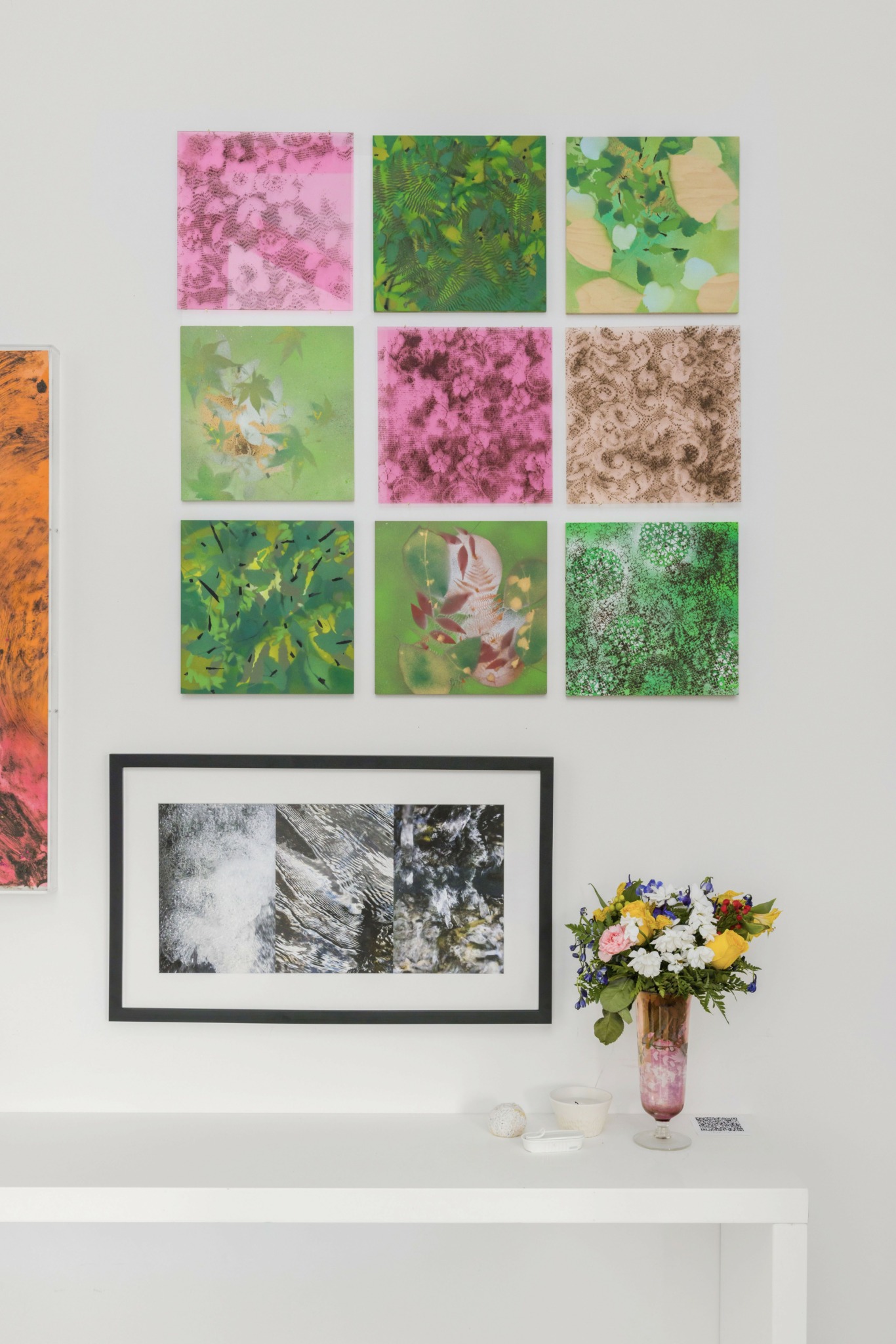

What’s the most rewarding aspect of being a creative in your experience?
The most rewarding aspect of being an artist and running a creative business is the community I am building. I love meeting new people especially smart and curious people and those are the people who walk into galleries or attend readings or come to hear music. I have built a business that bring together dynamic people and this venture has enriched my life socially and intellectually. The business itself is a tricky one. No one is getting rich quick as an artist or galleries. I feel fortunate that I sell enough artwork to keep the lights on.

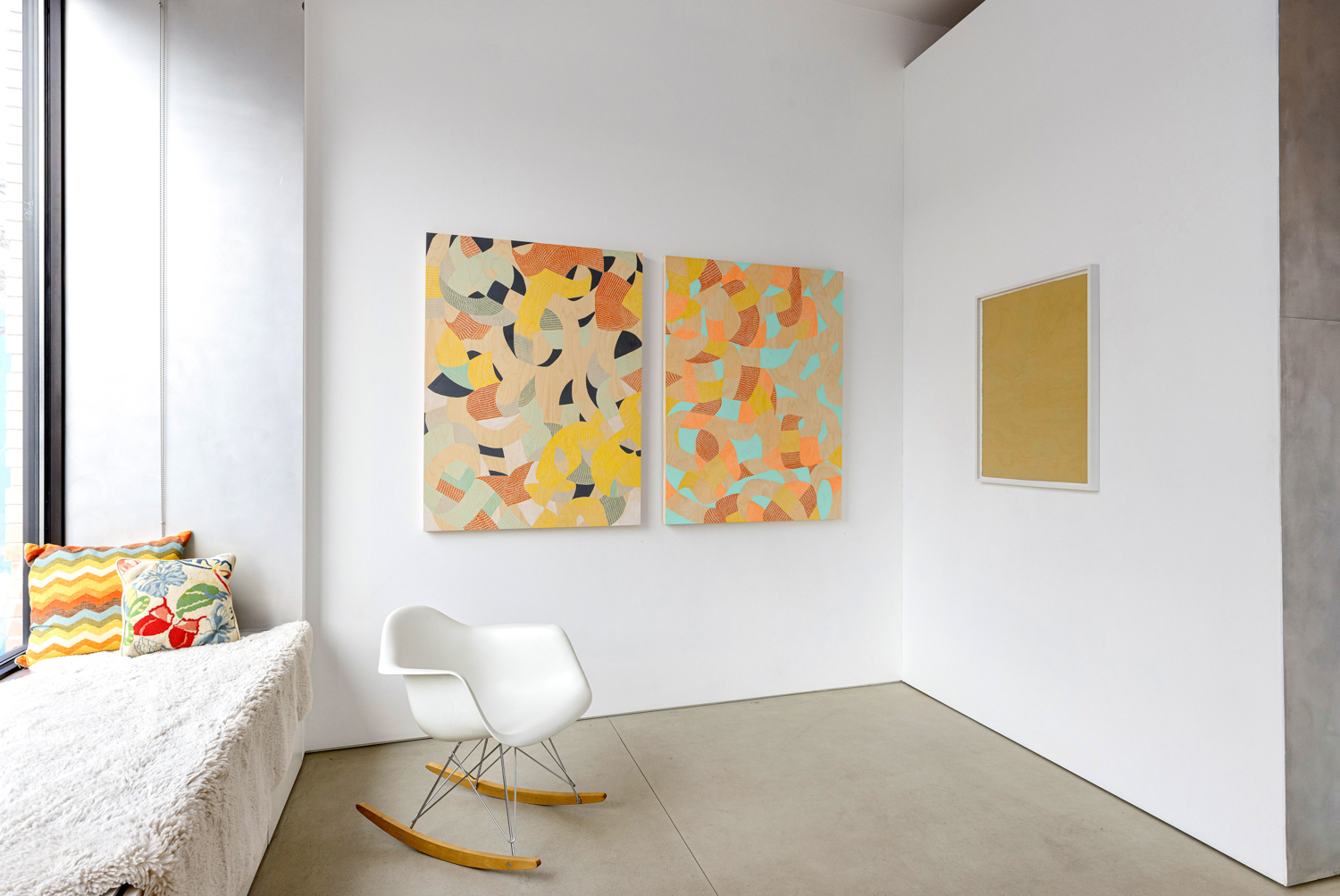
How can we best help foster a strong, supportive environment for artists and creatives?
My gallery focuses on new collectors. The art world’s headlines about record-breaking art sales at auction feeds into the idea of art collecting as a hobby only for the elite. I want people to know there is a place between posters and Picassos. The artwork I sell is at a price point that a lot of people can afford while still valuing the artist’s time and talent. If people want to support artists they should buy artwork from an artist-run gallery like mine that has a new collector price point or visiting artists studios and buying directly from the artist. I also help potential buyers think about an art collection as a way to mark time, to mark important times in our lives. A family came into a show and stayed a while to talk about the art. They had come from their daughter’s preschool graduation. They ended up buying a small print. I made sure to tell them that they will always remember this day, their daughter’s graduation, because every time they look at the print, it will be a visual and sentimental reminder. I’m also a big connector. I love connecting people. Artists to artists, artists to interior designers, artists to collectors I have found success in building out a big creative network. The more people I meet, the more people who attend my events, the more eyeballs on the artworks, the more chances that people fall in love with an artwork.
Contact Info:
- Website: https://theshirleyproject.com
- Instagram: theshirleyproject
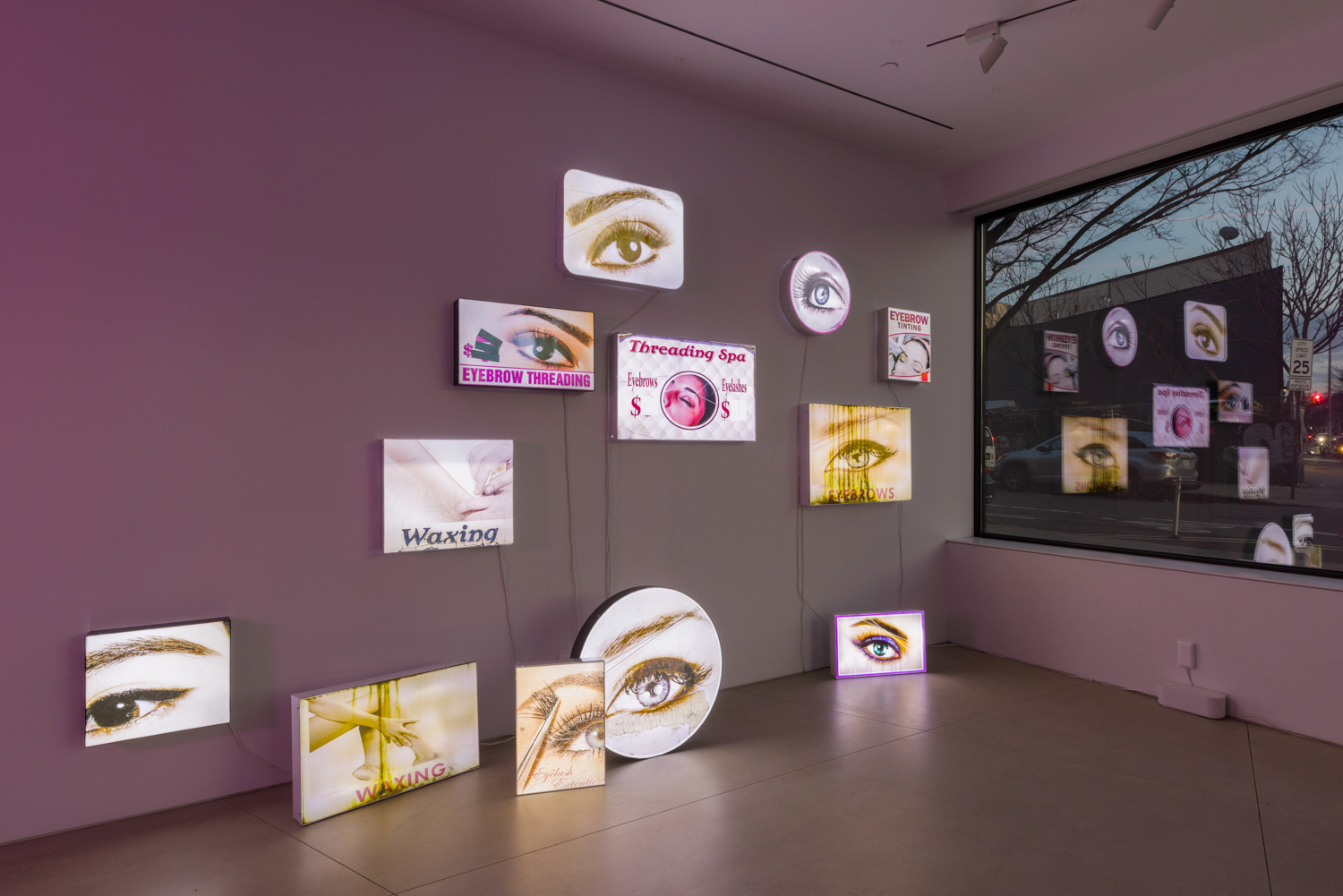
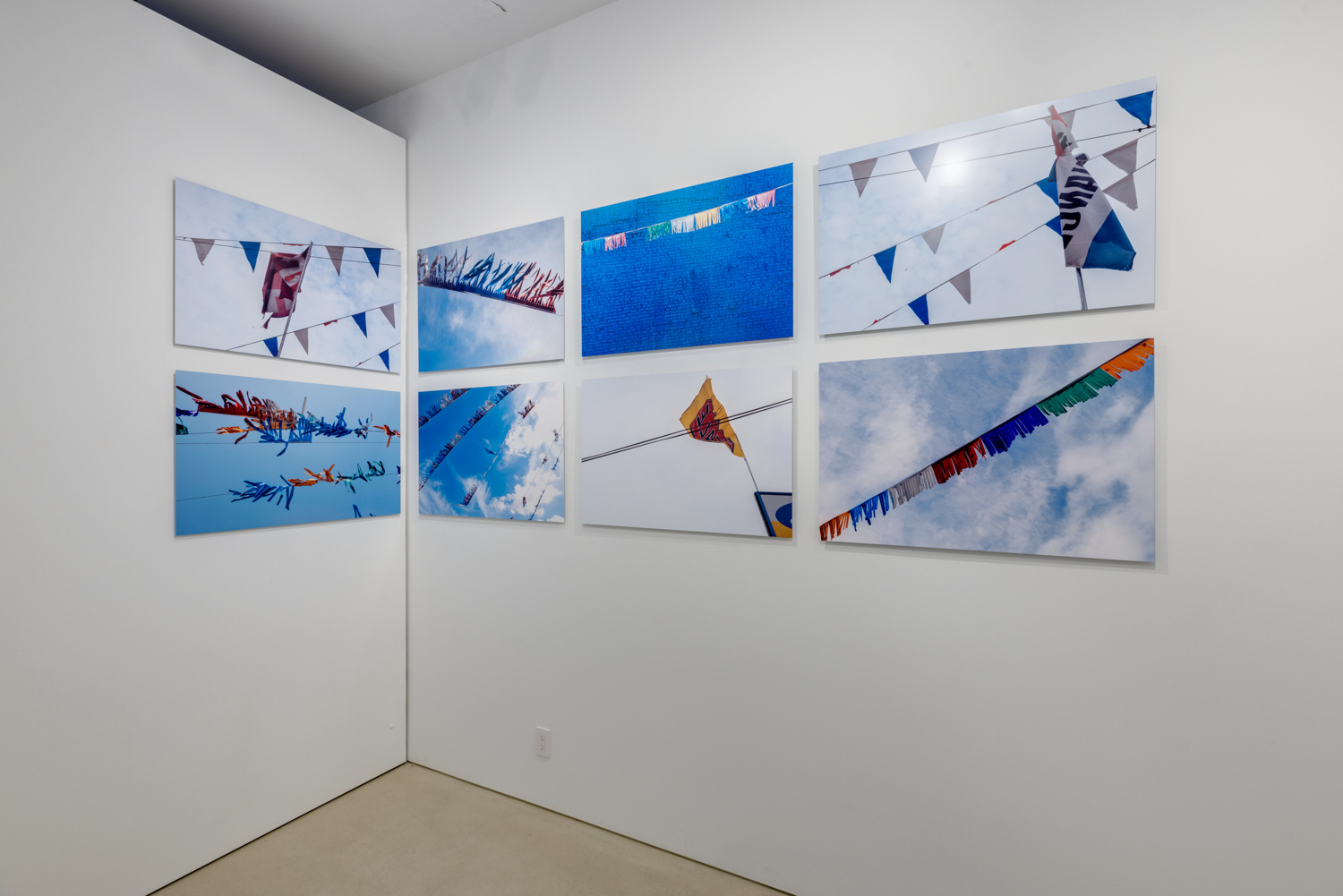

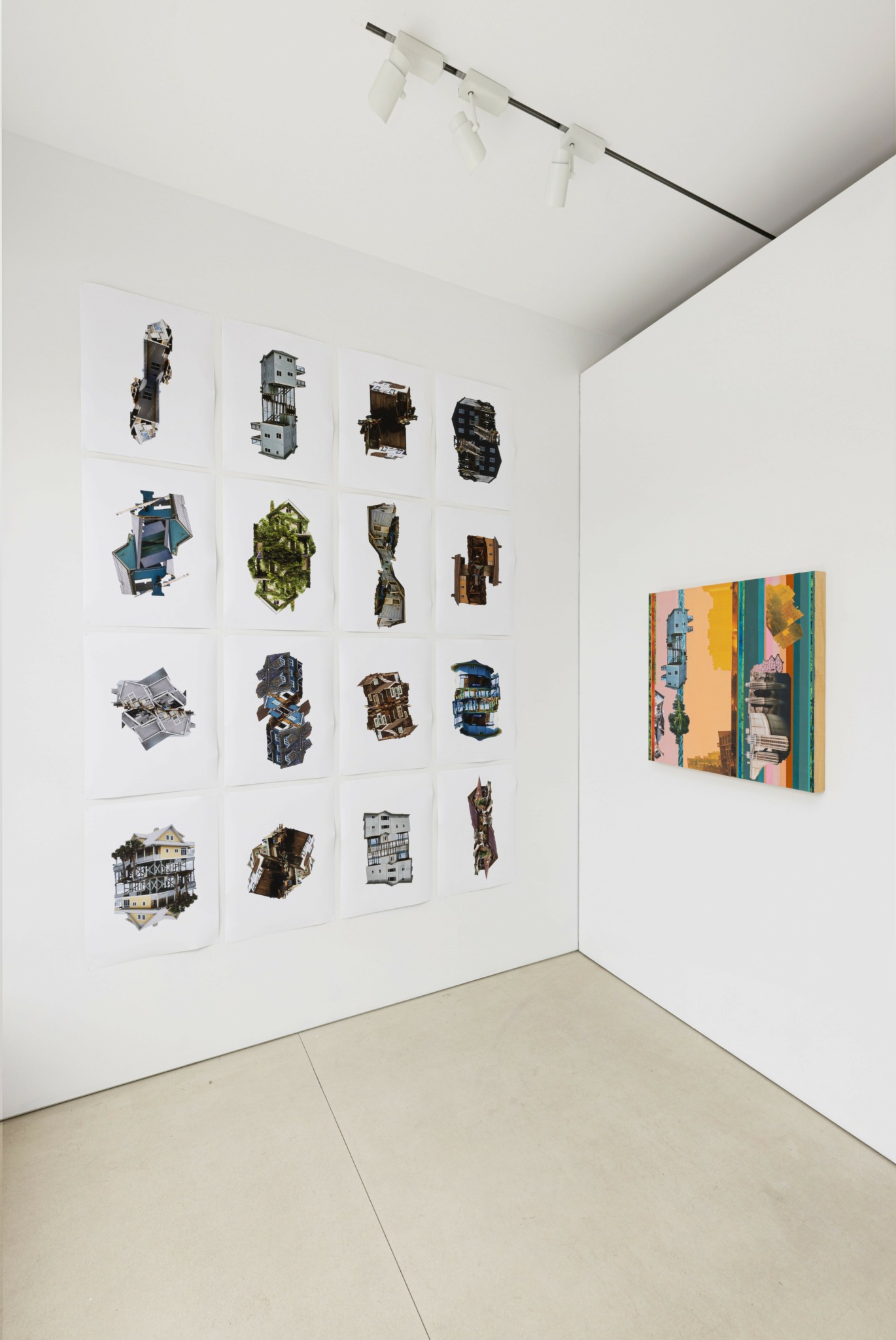
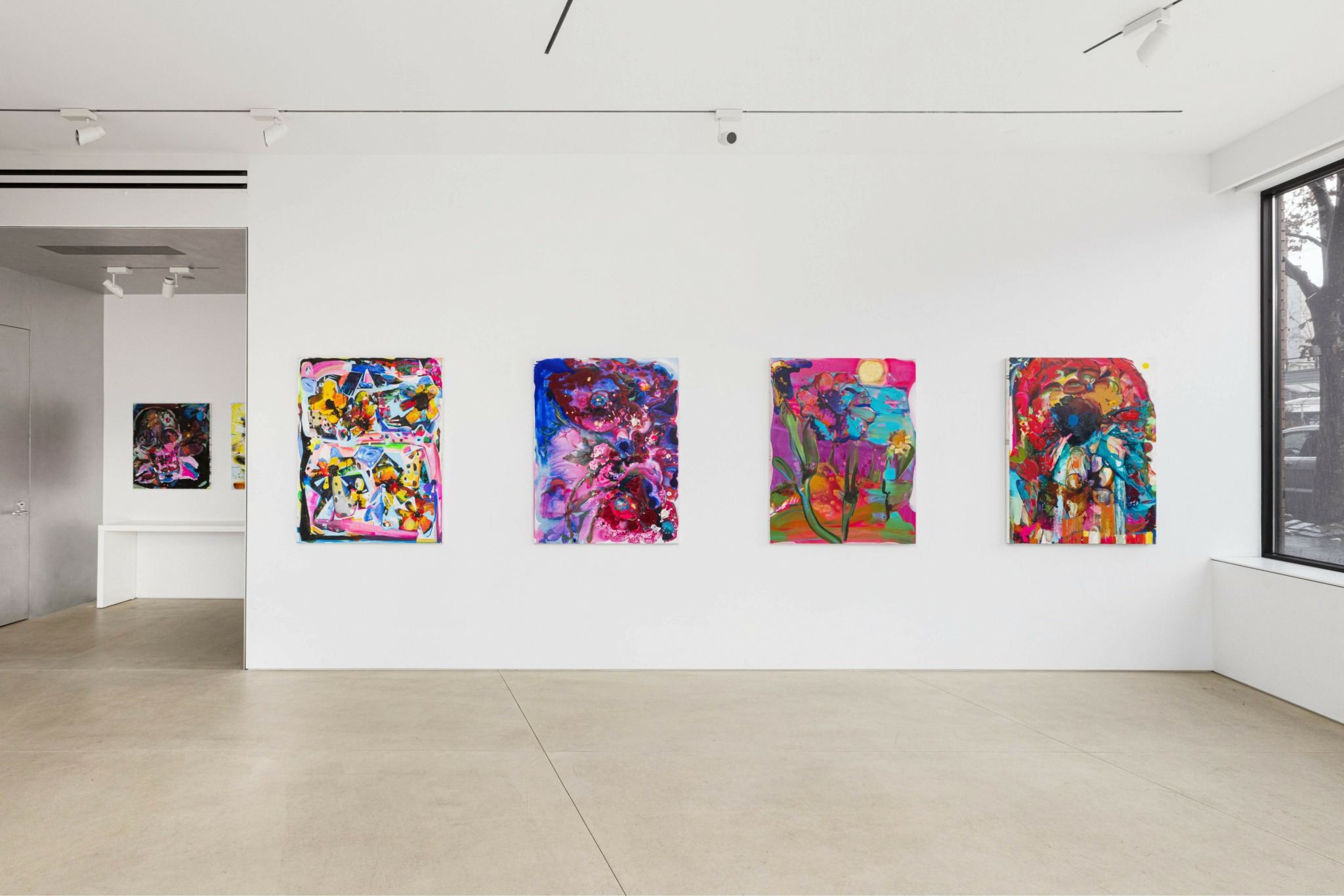
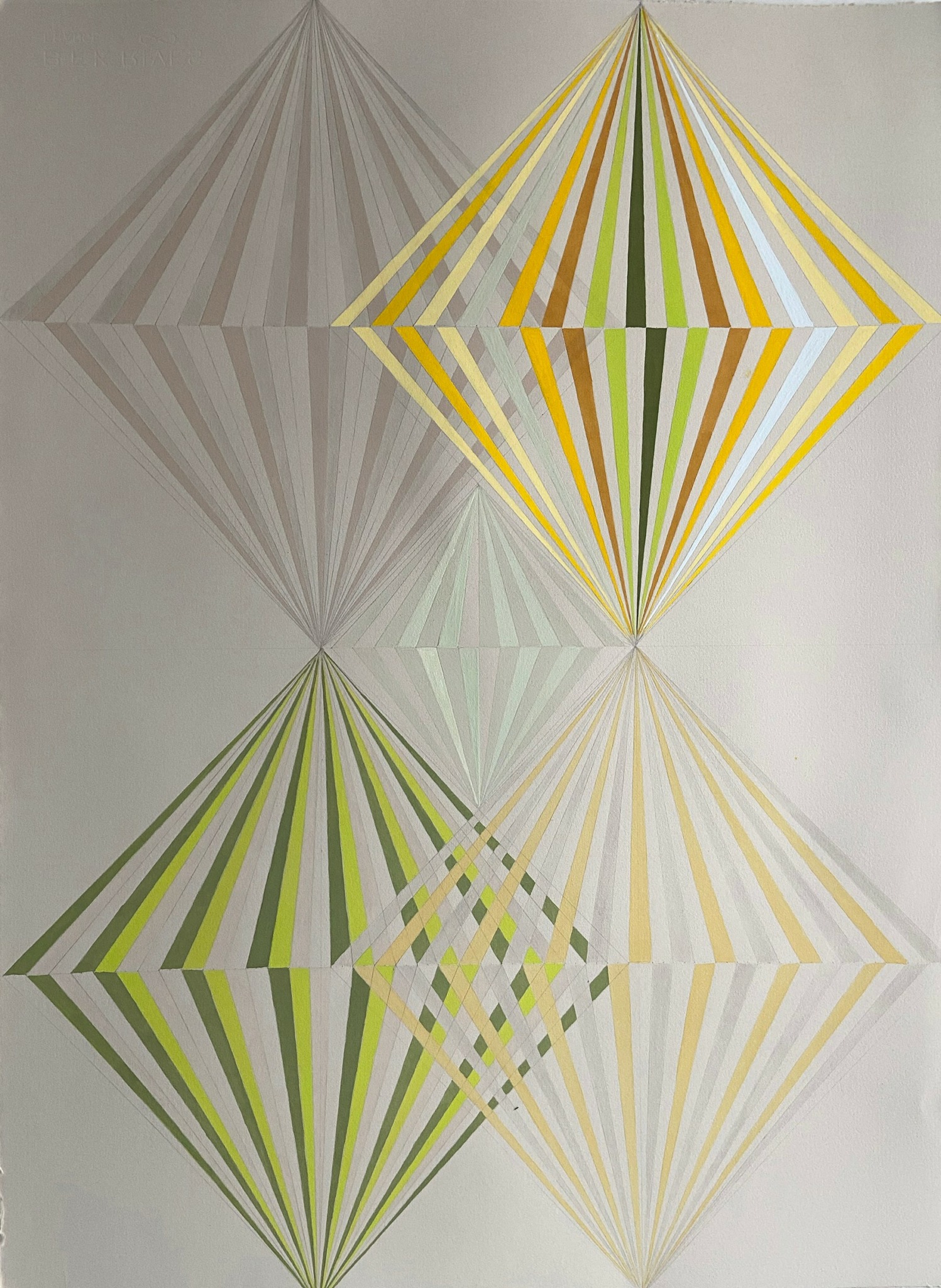
Image Credits
all installation photos credit to Kate Glicksberg Photography http://www.kateglicksberg.com


